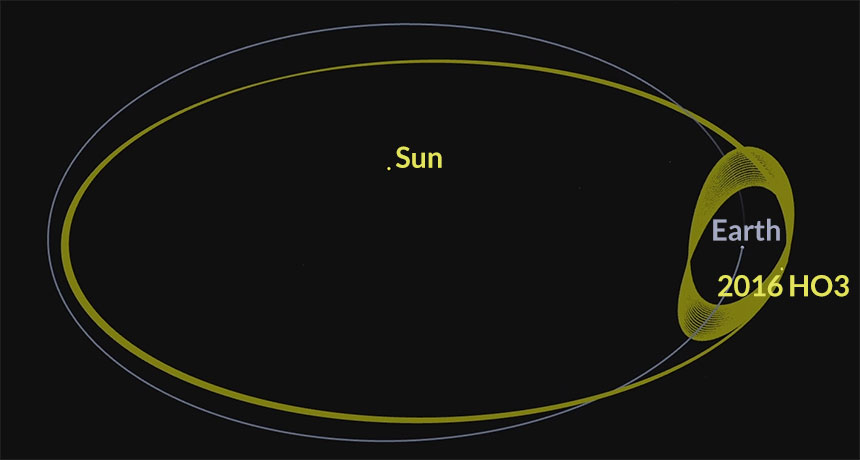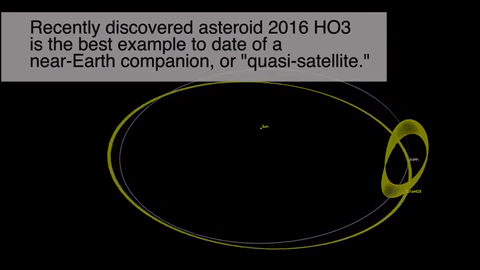(for more about Power Words, click here)
asteroid A rocky object in orbit around the sun. Most orbit in a region that falls between the orbits of Mars and Jupiter. Astronomers refer to this region as the asteroid belt.
astronomy The area of science that deals with celestial objects, space and the physical universe. People who work in this field are called astronomers.
gravity The force that attracts anything with mass, or bulk, toward any other thing with mass. The more mass that something has, the greater its gravity.
moon The natural satellite of any planet.
orbit The curved path of a celestial object or spacecraft around a star, planet or moon. One complete circuit around a celestial body.
planet A celestial object that orbits a star, is big enough for gravity to have squashed it into a roundish ball and it must have cleared other objects out of the way in its orbital neighborhood. To accomplish the third feat, it must be big enough to pull neighboring objects into the planet itself or to sling-shot them around the planet and off into outer space. Astronomers of the International Astronomical Union (IAU) created this three-part scientific definition of a planet in August 2006 to determine Pluto’s status. Based on that definition, IAU ruled that Pluto did not qualify. The solar system now includes eight planets: Mercury, Venus, Earth, Mars, Jupiter, Saturn, Uranus and Neptune.
quasisatellite A body that orbits the sun but appears to orbit a planet.
sun The star at the center of Earth’s solar system. It’s an average size star about 26,000 light-years from the center of the Milky Way galaxy. Or a sunlike star.









